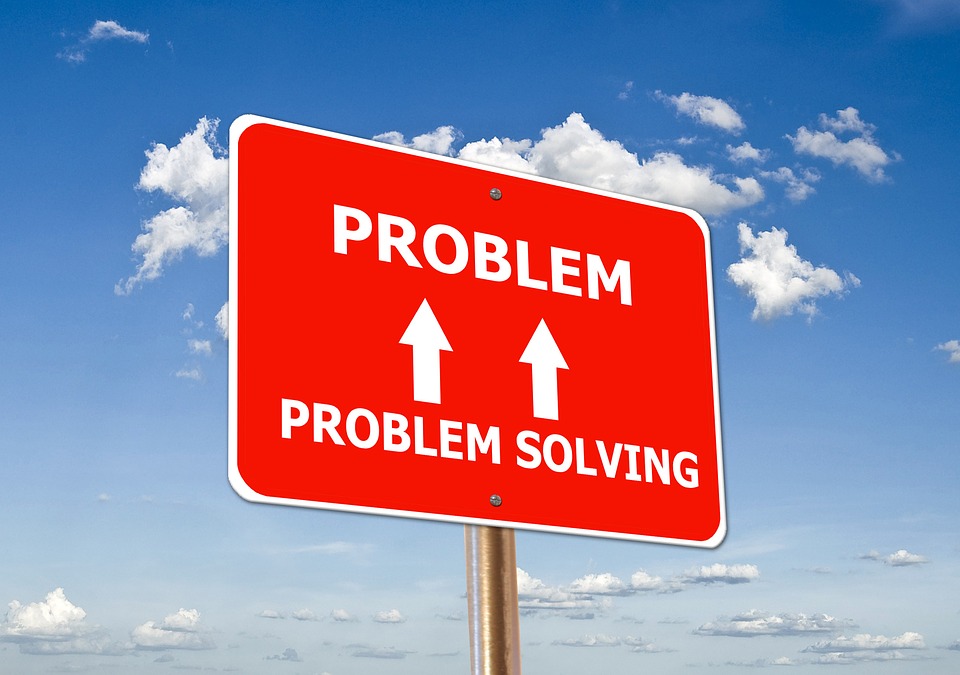
Problem Solving
Problem-solving is something we do every day. While some problems are easily solved or small others are more complicated and can seem overwhelming. People who can define problems, make choices, consider options, and implement a problem-solving plan have all the basic skills required for effective problem-solving.
It is not enough to just cope with the problems, sometimes they need to be solved. Most people engage in problem-solving every day. It occurs automatically for many of the small decisions that need to be made on a daily basis.
Sometimes following a step-by-step procedure for defining problems, generating solutions, and implementing solutions can make the process of problem-solving seem less overwhelming. One way of tackling problems is to use a systematic and specific problem-solving procedure. If you’ve tried to solve certain problems without much success, try these steps out and see if they help.
First Step: Identify and define the problem
- State the problem as clearly as possible.
- Be specific about the circumstances, behavior, situation, and timing that make it a problem.
Second Step: Generate possible solutions
- List all the possible solutions; don’t worry about the quality of the solutions at this stage.
- Try to list at least ten solutions, forget about the quality of the solution, be creative.
- You may come up with some solutions that you would not otherwise have thought about if you allow yourself to be creative.
Third Step: Evaluate alternatives
- Go through and eliminate unreasonable or less desirable solutions.
- Order the remaining solutions in order of preference.
- Evaluate the remaining solutions in terms of their advantages and disadvantages.
Fourth Step: Decide on a solution
- Specify who will take action.
- Specify how the solution will be implemented.
- Specify when the solution will be implemented.
Fifth Step: Implement the solution
- Implement the solution as planned.
Sixth Step: Evaluate the outcome
- Evaluate how effective the solution was.
- Decide whether the existing plan needs to be revised, or whether a new plan is needed to better address the problem.
- If you are not pleased with the outcome, return to second step to select a new solution or revise the existing solution, and repeat the remaining steps.
Learning to solve problems effectively will improve your overall sense of well-being and help you to minimize the level of stress in your life. After considering the possible strategies, implement one you choose. If it proves to be ineffective, try a different strategy.
